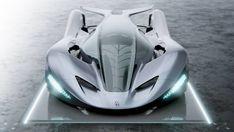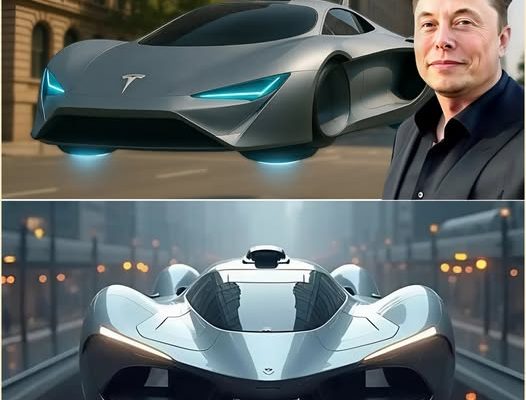In recent developments, Elon Musk has sparked excitement and skepticism with hints of a revolutionary Tesla flying car expected to take off before 2027. This concept promises to transform urban transportation, offering a practical, affordable, and efficient alternative to traditional commuting methods.

Reimagining Urban Mobility
The idea of a Tesla flying car aligns with the broader vision of solving urban congestion and lengthy commutes. Musk envisions a fleet of around 200 flying vehicles buzzing over cities like Phoenix during rush hours, seamlessly navigating to designated vertiport pads. These electric vertical takeoff and landing (eVTOL) vehicles are designed for short-range urban trips, with a focus on practicality rather than luxury.
Technological Foundations
Critical to the success of urban air mobility is reliable connectivity. Musk proposes leveraging SpaceX’s Starlink satellite constellation, which as of May 2025, boasts approximately 5,800 active satellites providing global internet coverage. Starlink’s high-speed, low-latency network could support thousands of flying cars transmitting real-time data on position, battery status, and flight diagnostics, ensuring safe and coordinated navigation amidst dense cityscapes.
Autonomous Operation and Infrastructure
Tesla’s integrated approach combines Starlink’s connectivity with fully autonomous electric VTOL aircraft. These vehicles would utilize onboard AI for navigation, reducing the need for human pilots and lowering operational costs. The network could also support a Sky API, allowing other manufacturers or delivery services to rent air traffic management services, creating a new platform economy.
Economic and Energy Implications
Remarkably, Musk suggests that Tesla could produce these flying cars at a cost comparable to a used compact car—around $6,700—making them accessible to the masses. The vehicles would carry a 70 kWh battery pack, capable of powering city energy needs or acting as mobile energy storage units. During off-peak hours, fleets of flying cars could buy and store cheap electricity, then supply power during peak demand, creating lucrative arbitrage opportunities.
Grid integration is a significant aspect of this vision. For example, a fleet of 1,000 vehicles could generate substantial revenue by participating in energy markets, providing emergency grid support, or aiding in disaster response. Their dual role as transportation and energy assets could enhance city resilience, especially during heatwaves or outages.
Safety, Insurance, and Regulation
Safety remains a concern, with traditional helicopter accident rates informing insurance premiums. Musk proposes leveraging flight data stored securely via blockchain technology to enable usage-based insurance policies. This approach could reduce costs and improve safety records, fostering wider acceptance.
Regulatory approval is anticipated around 2027, with initial deployments targeting business travelers, emergency responders, and premium air taxi services. Over time, as infrastructure and technology mature, daily urban commutes via flying cars could become a reality.
Conclusion
While some skepticism persists, the integration of advanced satellite networks, autonomous AI, and innovative energy solutions positions Tesla’s flying car concept as a plausible evolution in urban mobility. Musk’s vision aims not just for flashy prototypes but for practical, affordable, and scalable solutions that could revolutionize how we navigate cities in the near future. As development continues, the prospect of seeing Tesla flying cars buzz over our city skies might not be science fiction for much longer.

